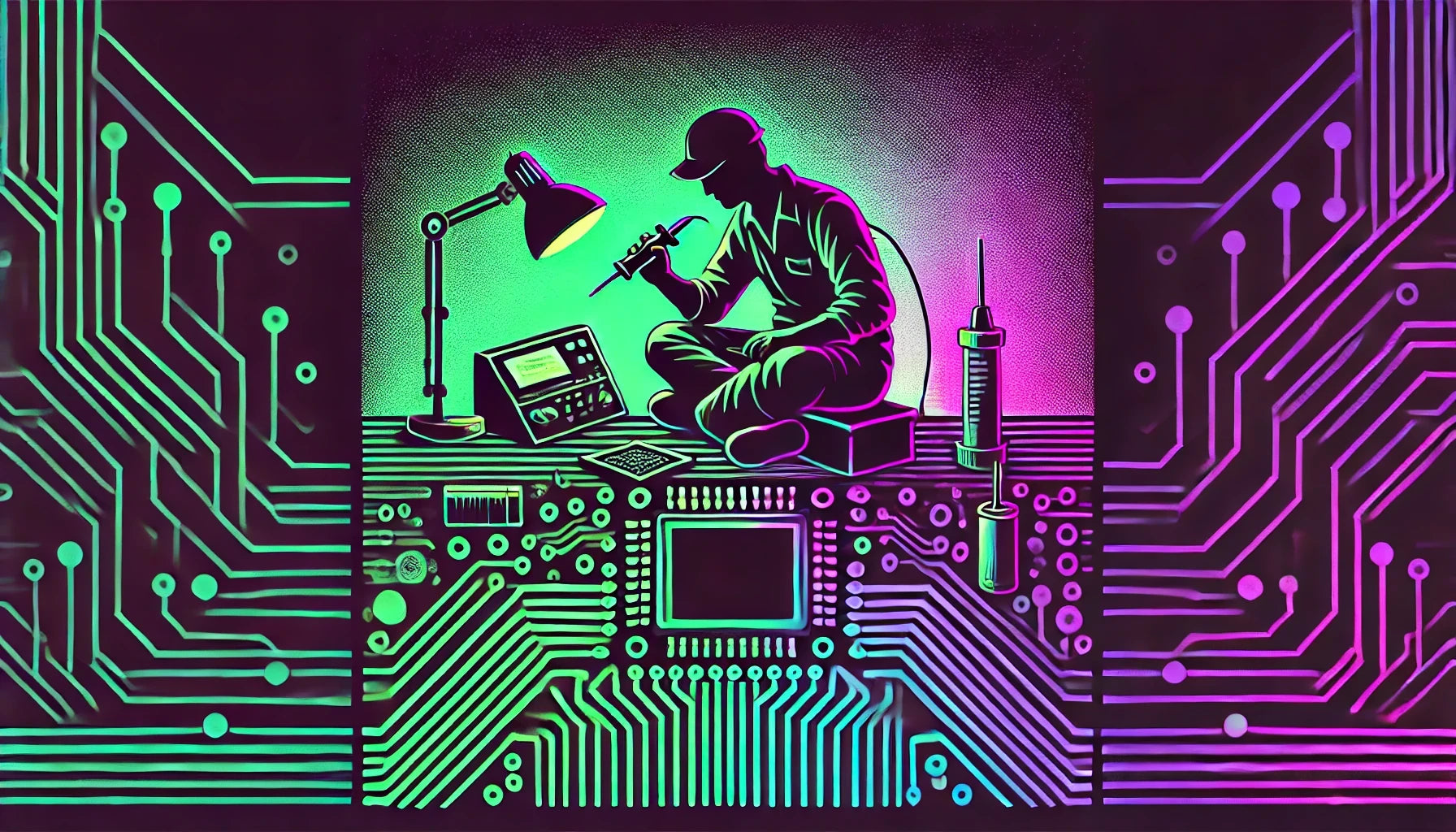Overview of 'GPU device not found' Error
- The 'GPU device not found' error in TensorFlow is a specific error that occurs when TensorFlow is unable to detect a GPU device on the machine. It's crucial for those aiming to leverage the computational power of GPUs for training neural networks.
- This error indicates that TensorFlow is defaulting to using the CPU for computations, as the expected GPU device isn't accessible or recognized during the session.
Implications of the Error
- **Performance Impact:** When TensorFlow cannot locate a GPU, training and inference processes can be significantly slower because they fall back on CPU processing
- **Resource Utilization:** TensorFlow may consume more CPU resources than preferred, potentially affecting other applications running on the same machine.
Checking for GPU Devices in TensorFlow
- To understand if TensorFlow recognizes any GPUs, you can use a simple code snippet to list available devices:
import tensorflow as tf
physical_devices = tf.config.list_physical_devices('GPU')
print("Num GPUs Available: ", len(physical_devices))
- Executing the above code should return the number of GPUs available on your machine. If it shows zero, then no GPU has been recognized by TensorFlow.
Understanding TensorFlow's Device Management
- TensorFlow, when initialized, scans for hardware devices and includes it's findings in the computational graph. If the GPU is not found, it continues by creating the environment with available resources, usually the CPU.
- Device management in TensorFlow allows for flexibility in assignment and staff management of resources. It tries to auto-assign computations to the best available devices unless specified otherwise by the programmer.
Version Compatibility Considerations
- When encountering a 'GPU device not found' error, it's crucial to ensure the version of TensorFlow installed is compatible with the existing hardware, CUDA, and cuDNN versions installed on the machine.
- TensorFlow's device compatibility is sensitive to the versions of dependent libraries, which may differ across environments. For instance, newer versions of TensorFlow often require corresponding updates in CUDA drivers and cuDNN libraries.
Concluding Thoughts
- The 'GPU device not found' error essentially signals the absence of a neural network's accelerator and can lead to heavy computations being executed in non-optimized hardware conditions. Addressing it is vital for efficient model training and execution.


























